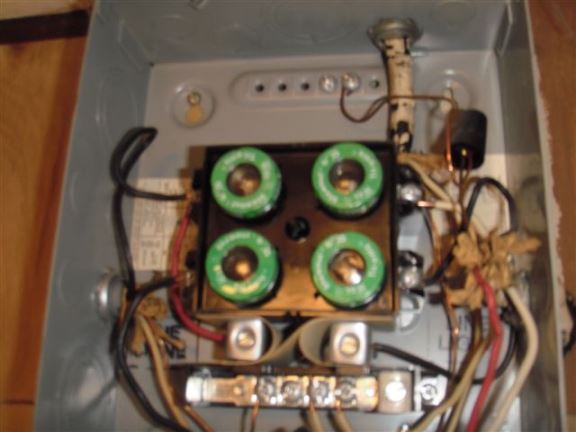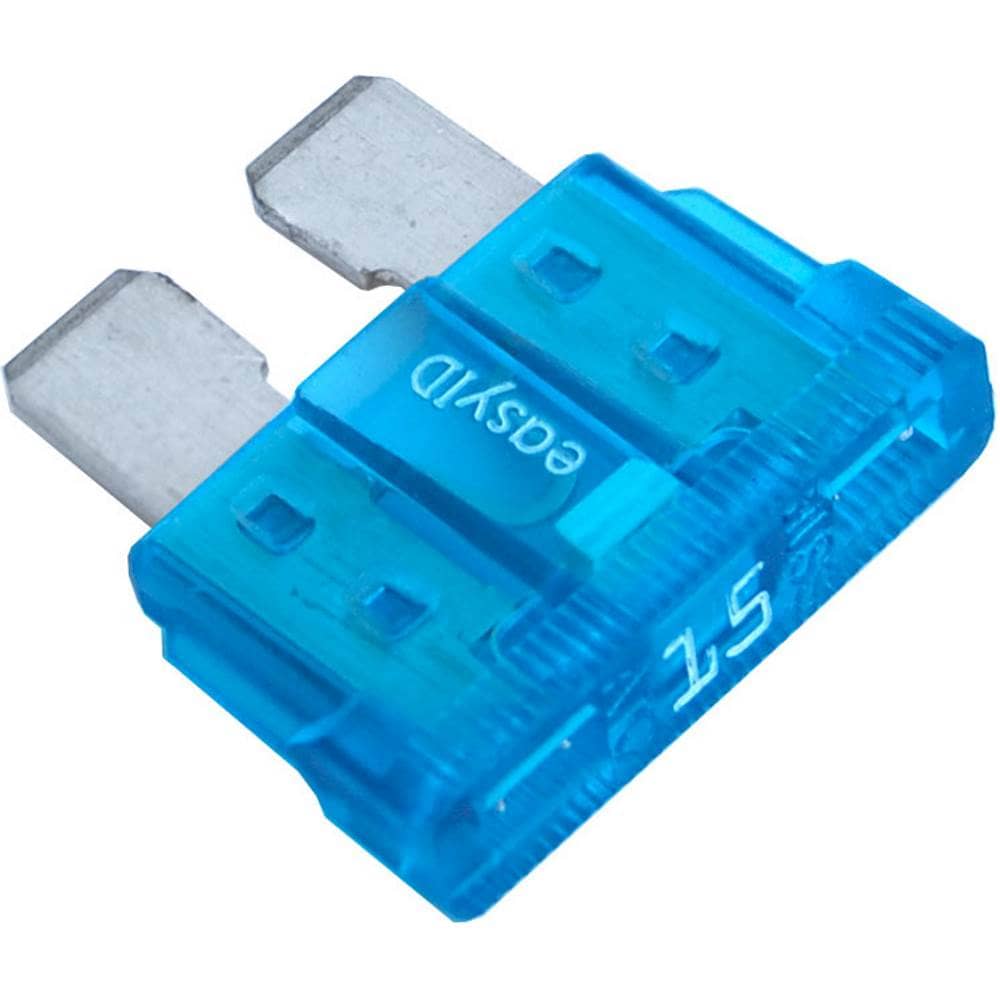
The operating zone is what determines the operating time of the fuse with the current crossing it. Rated currents and voltages table Operating Zone

While the conventional non-fusing current (Inf) is the current value, the fuse can withstand without melting. The conventional fusing current (If) is the current value that makes the cartridge melt before the conventional time runs out. We have two conventional currents, which include fusing and non-fusing. You can calculate these cartridges to resist specific temporary overloads. On the other hand, fuse cartridges protect electric motors from short circuits and high overloads. Also, these cartridges have black markings. These fuse cartridges protect the circuits from high and low overflows and short circuits. The gG fuse cartridge is mainly for general purposes. For low voltage applications, we have gG and aM fuses. You can identify fuses by two letters according to your applications (more details later). So, here are some characteristics to look out for before buying or designing your fuse: Type of Fuse Plus, fuses are still fundamental in most applications. Though a fuse isn’t as flexible as a circuit breaker, it is reliable for high-performance devices. The fuse is the first device used for protection in electronics. However, the element you choose must not corrode or oxidize over a period of time. You can make fuse elements from copper, aluminum, silver, zinc, or their alloys for predictable trip currents. Additionally, the length and thickness of the resistive element decide the rated voltage. The electric current is always the cause of the heating effect. But, if the voltage increases beyond the fuse rated current, the resistive element interrupts the circuit by melting. However, the temperature increase won’t dissolve the filament-if the voltage is normal. Thus, increasing the resistive element’s temperature. This process dissipates some power as heat. As current flows into the element, it creates a tiny voltage drop across the element (small enough not to affect the circuit downstream). The most basic type of fuse equips a resistive element because of its melting point. Thus, protecting the components from damage. Types of Fuses– How Fuses Thoroughly Work?Īs mentioned earlier, the fuse’s primary job is to disrupt the circuit if there is excess current flow. These parameters represent the operating current, speed, time, operating voltage, and fuse element melting of the fuse. However, manufacturers design each fuse to protect electronic devices with certain electrical parameters. Usually, this occurs during severe overcurrents.įuses have various sizes and shapes. When this happens, it creates an Electric arc blast. However, connecting the fuse in one branch of a parallel circuit won’t affect the flow of current in other branches.Īdditionally, you’ll find that manufacturers place fuse wires within a safety sheath to minimize the hazards of the wire burning up with violent force. So, when the fuse opens (blows), it stops the flow of current through the components by opening the entire circuit.
#15 amp fuse series#
It would help if you always connected a fuse in series with the electrical components-you want to protect.

It has a conductive strip that melts and separates whenever there’s an overflow of current. The compressor does work after I replace the vehicle fuses.Circuit safety is the specialty of a fuse. My older air compressor takes forever and a day to pump the tires and that’s why I went to the higher capacity 15 amp variety. The one reader suggested a Schumacher brand but it was out of stock. I ordered some battery clamp type sockets for the battery but I’ll hold off in using them. Now that I have a supply of 15 amp fuses I’ll go ahead and experiment with each vehicle. I did also use the ashtray socket for the front tires but I don’t recall the sequence.


That definitely blew after I tried pumping the tires of the Highlander. Yes, I have been using the cigarette outlet and not the accessory outlet which is down in the console box and a 2nd in the lower section of the center console box of the rear seat in the Lexus… In the Highlander, I believe he accessory socket is the one in the cargo area. Usually I run it about 30 seconds to one minute and then at the second tire the compressor is dead as a result of a dead outlet. The compressor appears to blow a fuse after the first tire. Other than the suggestion to increase the fuse size, I appreciate all the input.


 0 kommentar(er)
0 kommentar(er)
